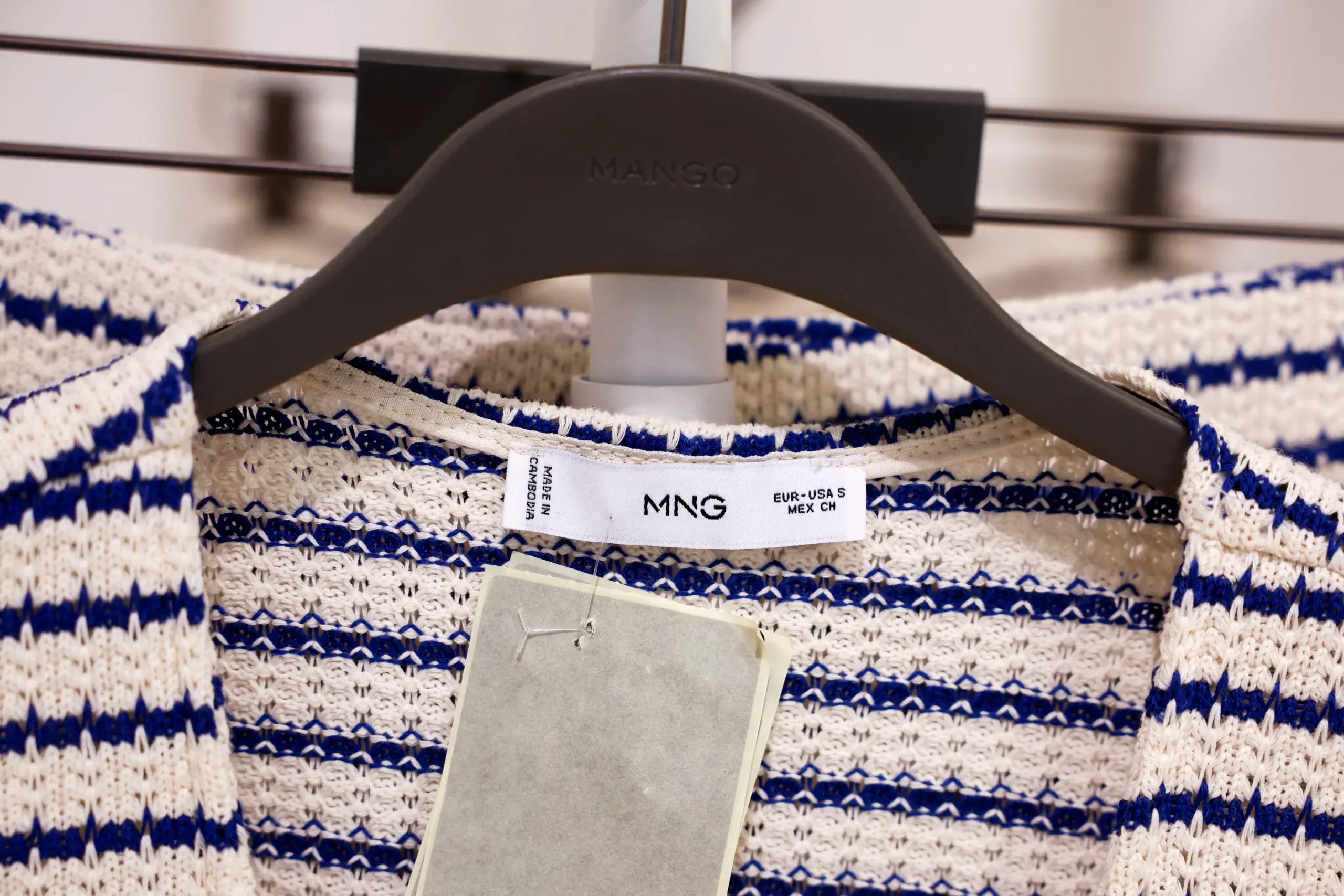
Mango adapts as climate change makes fashion less seasonal
By Corina Pons
MADRID (Reuters) – Spanish retailer Mango is honing in on adaptable clothing to help customers adjust to wild swings in temperature as climate change makes fashion less seasonal, Chief Executive Toni Ruiz told Reuters.
The clothing industry used to work according to clearly delineated seasons, but global warming means it needs to adapt to periods that can include a mix of hot and cold temperatures and produce pieces that reflect those transitions, Ruiz said.
“Before, when you came back from summer, all the shops were full of winter clothes,” Ruiz said in an interview. “More and more the customer is going to look for what they need at that moment.”
With Spain and other countries in Europe experiencing higher temperatures during some periods of the year as well as more rain in some places, clothing trends are shifting too.
The trend among women for light trench coats is an example of seasonally-transitional clothing, Ruiz said. Mango is also offering clothes for men using “performance” fabrics that are more breathable and that better handle sweat on hot days.
In recent years, family-owned Mango has shifted to sourcing its trend-dependent items from manufacturers in Europe and its functional wardrobe pieces from manufacturers in Asia, Ruiz said.
“We have the ability to work in two parallel worlds, depending on the needs and the nature of the product,” he said. “I believe that is a necessary virtue at the moment in this disruptive world.”
At the end of 2023, Mango sourced from about 3,000 factories in China, Turkey, India, Bangladesh, Spain, Italy and Portugal. Ruiz said about 40% of Mango’s suppliers were located in Europe but that more than 80% of volumes were still manufactured in Asia.
The flexible supply chain has helped Mango navigate recent disruptions to shipments through the Red Sea, a risk that Ruiz said is now under control.
The retailer has been focusing its investment on expanding its number of stores and on developing technology, Ruiz said. It is using artificial intelligence to help it track trends on social media and to cross-reference data on consumers with collections and other brands, he said.
The company has its own internal AI platform, similar to the ChatGPT interface, that trains designers. Around 20 pieces have been created with the help of AI, he said.
AI is “a great wingman in our strategy to understand what’s happening in the world,” Ruiz said.
(Reporting by Corina Pons; writing by Charlie Devereux; editing by Susan Fenton)


